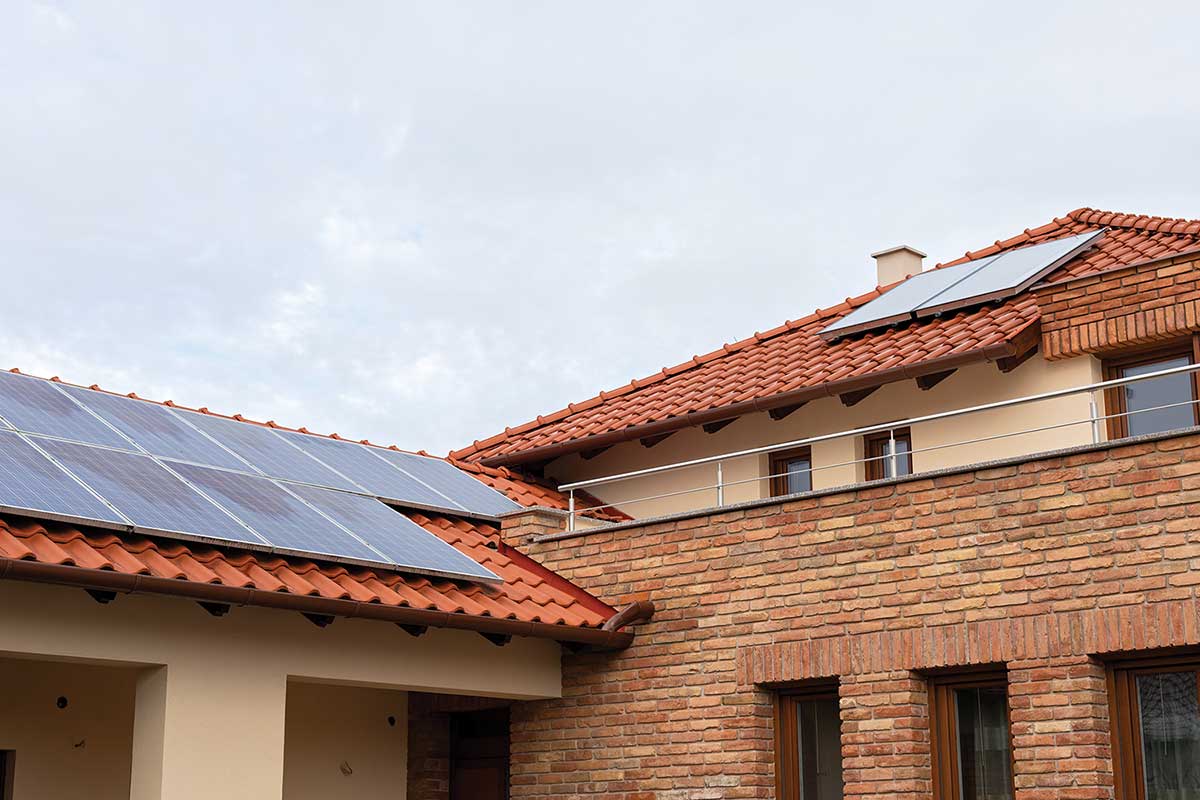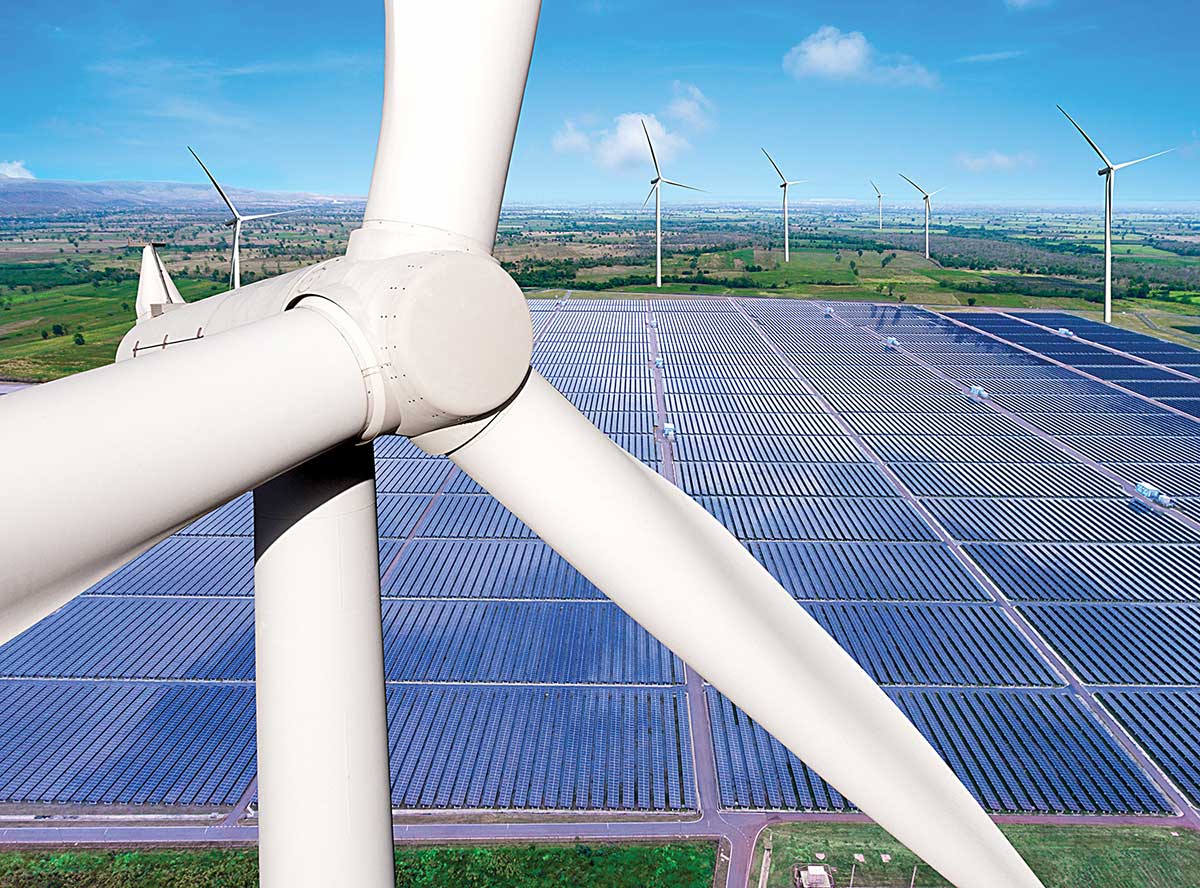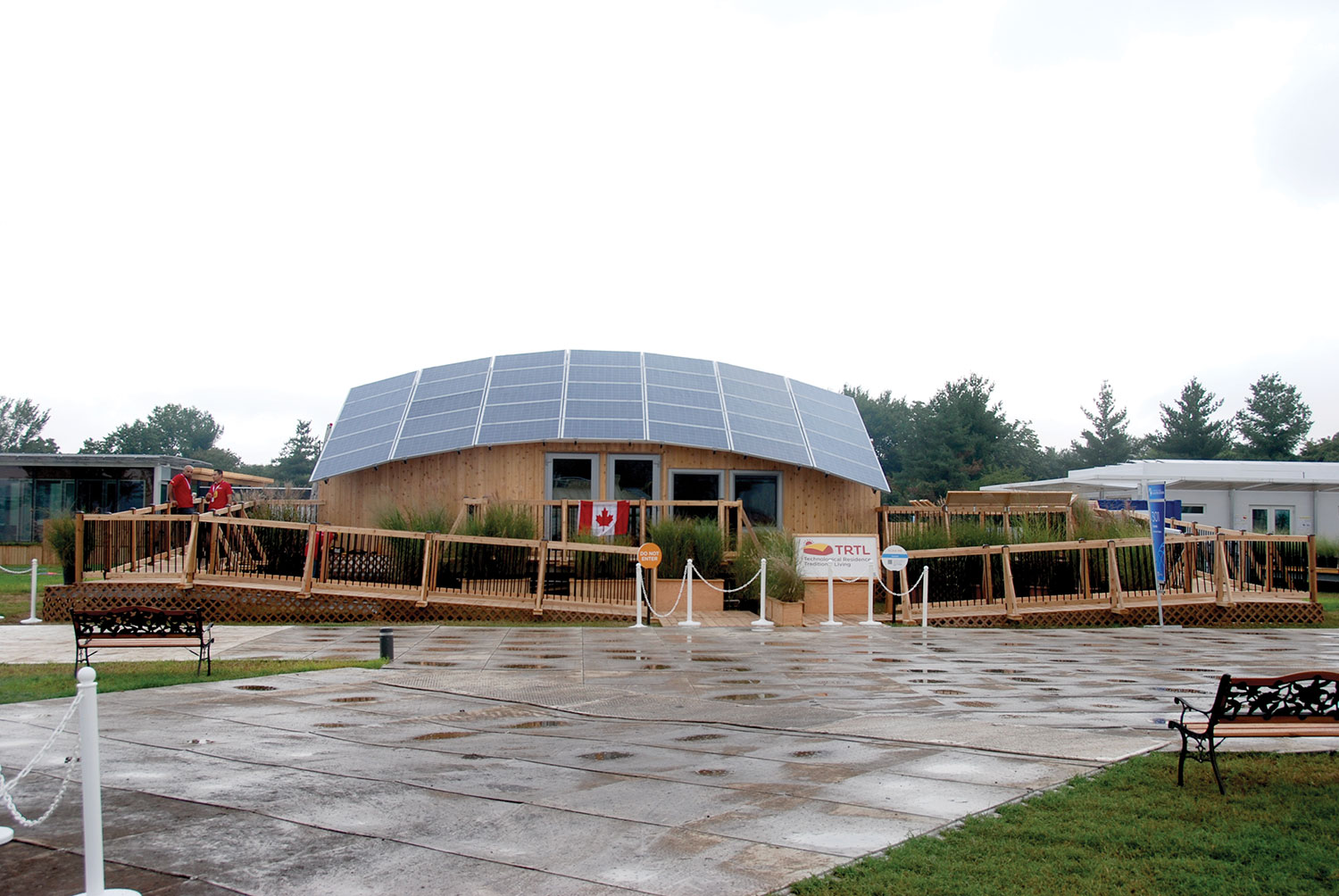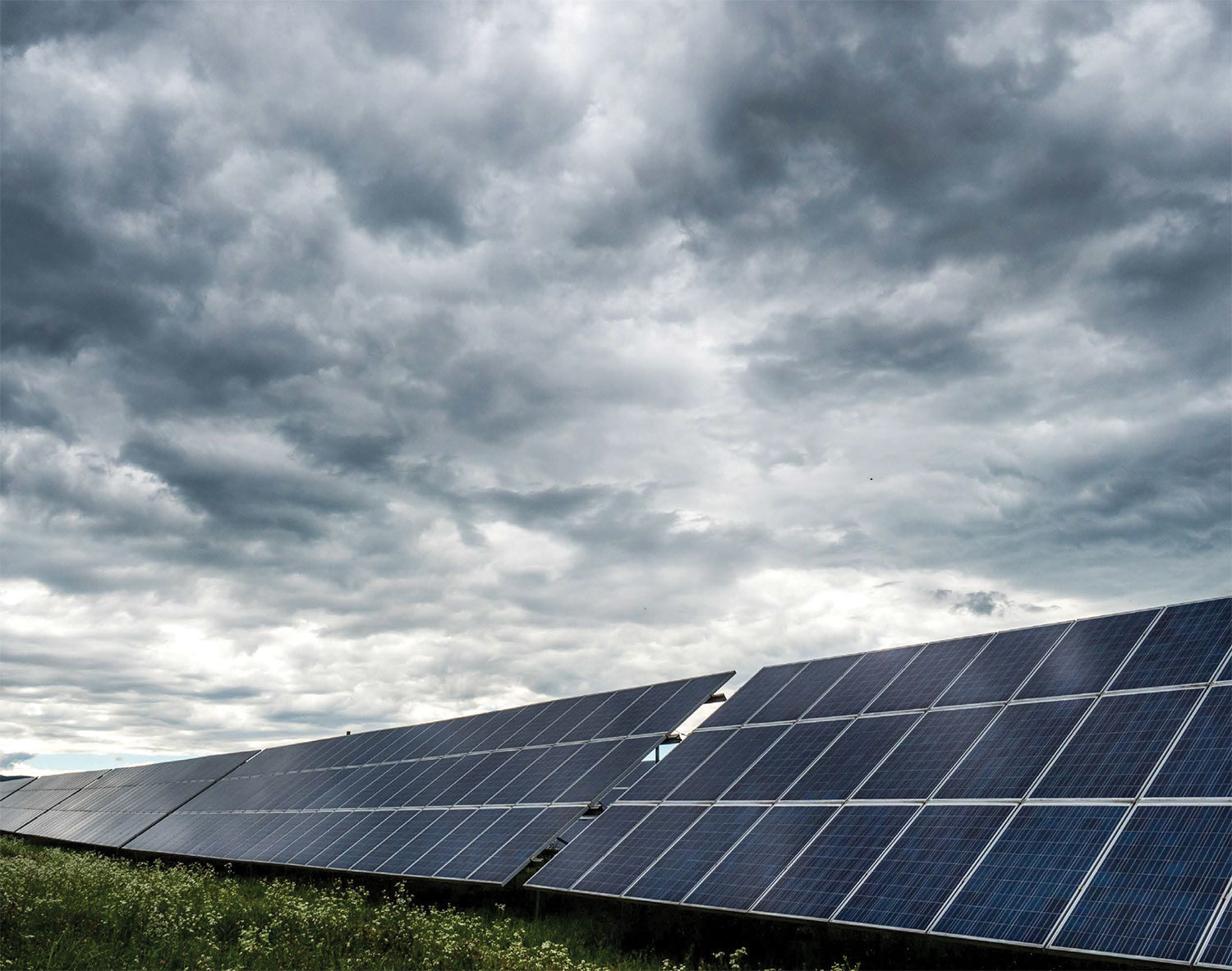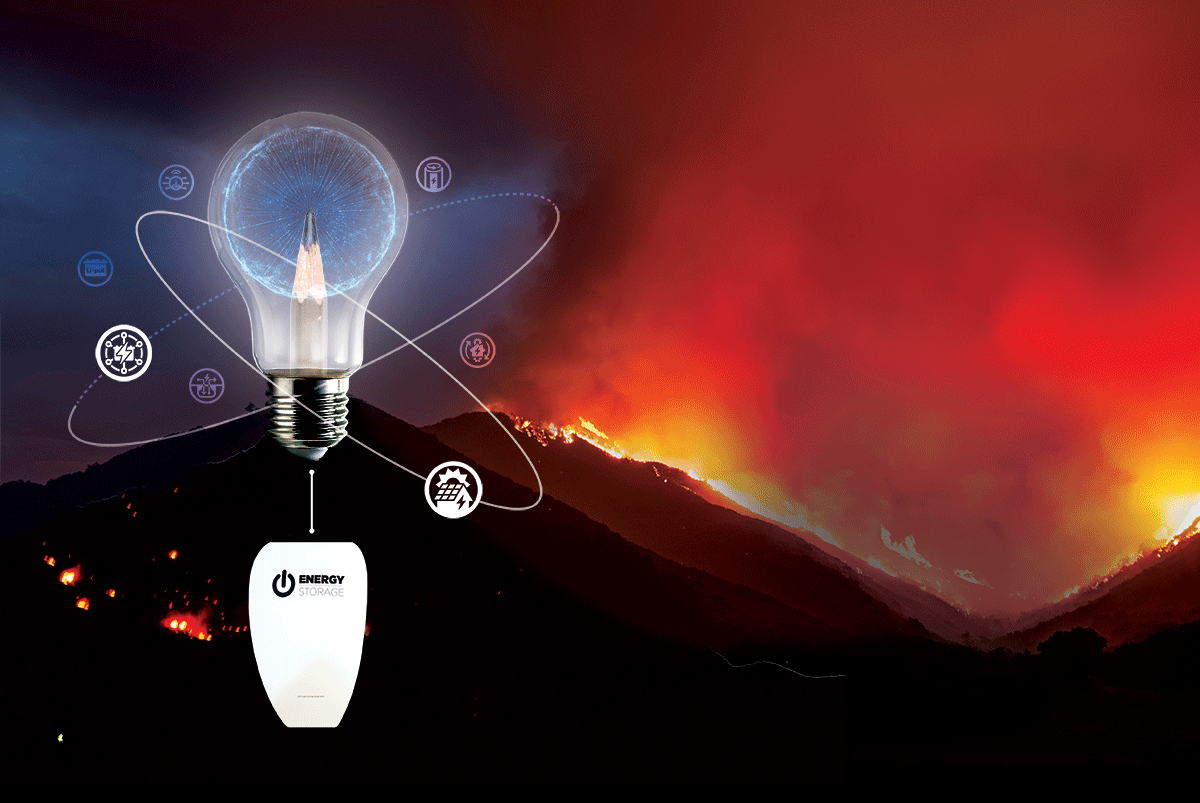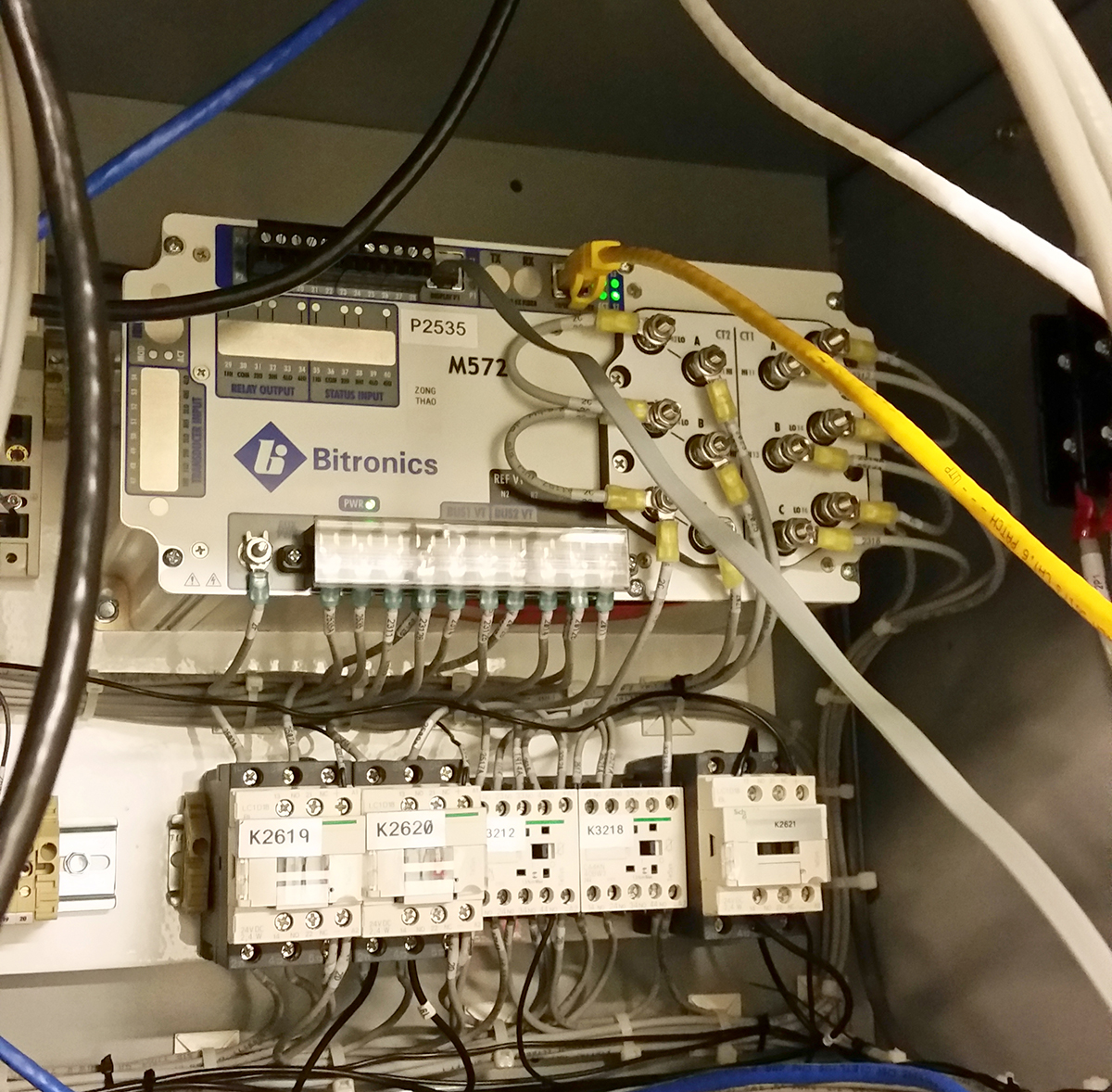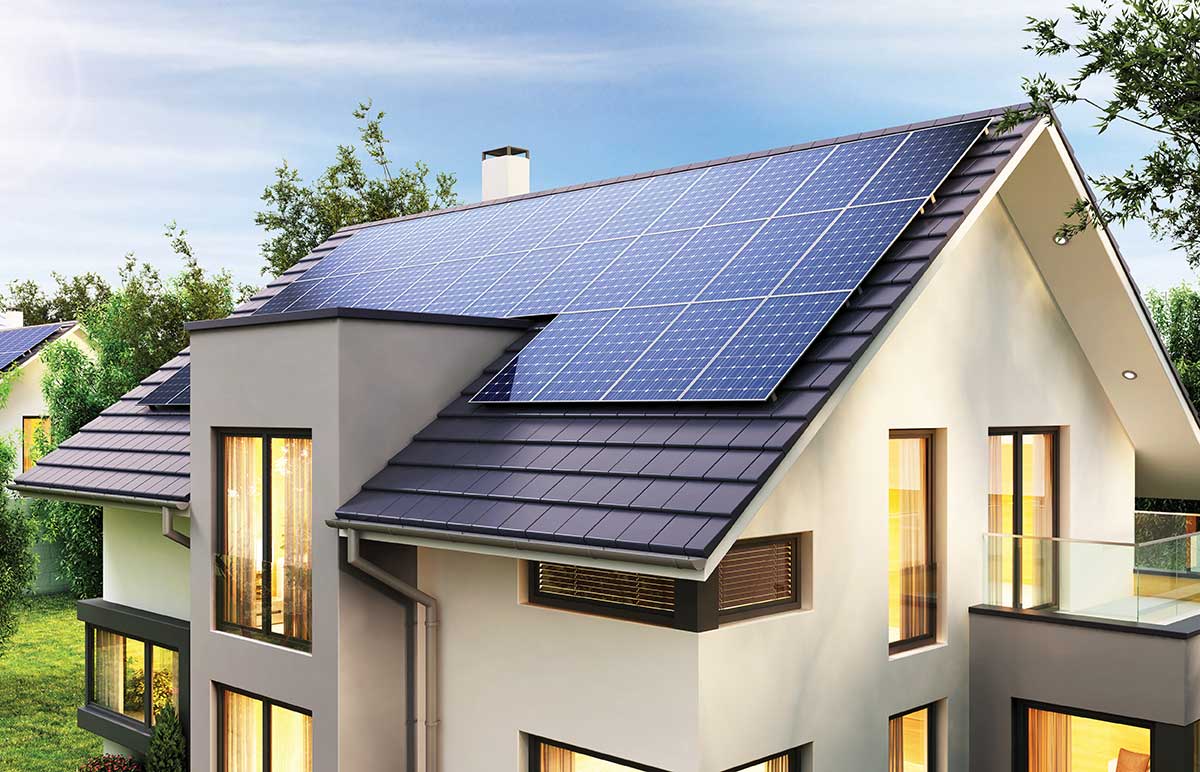As appliance and HVAC system efficiencies increase, load-side PV connections associated with smaller PV systems will be with us in great numbers.
It is the mission and responsibility of the NESC to address disruptive technologies with guidance, work rules, and best practices to protect your safety, ensure the public’s safety, and help establish the reliability and resiliency of the power grids that drive our lifestyles and economy.
Supply-side connected PV systems require renewed attention due to the more detailed requirements added to the 2020 NEC.
Lightning’s perfect storm for destruction is on the solar field. Solar panels’ large—and often exposed and isolated—location make surge protection critical for it to last its lifespan.
There have been substantial changes in various sections of the 2020 NEC, particularly in Article 706, which deals with energy storage systems (ESS). These changes suggest that we tread carefully when applying the various Code sections to a particular energy storage system.
In recent years, products have been developed to comply with the requirements of 690.43 for grounding and bonding photovoltaic systems by using the very frames upon which the PV modules are mounted to bond the modules
This article will present an overview of some of the new PV systems that have evolving requirements in the NEC. They will include energy management systems (EMS), microgrid interface devices (MID), power control systems (PCS), DC microgrids (DCM), and energy storage systems (ESS).
The NEC-2023 CMPs discussions will be starting soon. Some changes will be to clarify existing requirements, others to remove obsolete requirements, and, most importantly, changes to incorporate new or revised requirements to account for new technologies.
Advances in Disturbance Monitoring Equipment (DME) provide utilities with an economical retrofit solution to comply with NERC PRC-002-2 requirements
When the IREC staff member asked our committee to identify the primary elements for approval of a residential PV design we identified three: structural, fire, and electrical.

![Figure 1 – [Twist-on connectors specifically designed for copper-clad aluminum splicing. Image Credit: IDEAL Electrical]](https://iaeimagazine.org/wp-content/uploads/2025/08/Fig1_CCATwister.png)
